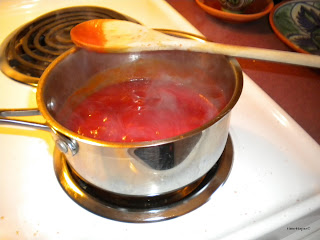A traditional Christmas treat is Turrón, a kind of almond candy.


The link below is for three recipes for egg yoke, hard and soft Turrón. These are the three traditional kinds.
http://www.ctspanish.com/christmas/turron.htm
The first Christmas we were in Madrid we would see people walking around with different colored wigs. They were all different lengths and colors and even children would wear them. I never really understood why they did this but the Spanish people like to celebrate and this was something that seemed to fit their unorthodox way of celebrating a religious season.
Another sight that is worth standing in line for is the “Belén” or the Nativity.
These are elaborate scenes with carved figures that can take up a whole room.

The children of Spain receive gifts on the feast of the Epiphany on January 6th. The Magi are particularly revered in Spain. It is believed that they travel through the countryside reenacting their journey to Bethlehem every year at this time. Children leave their shoes on the windowsills and fill them with straw, carrots, and barley or the horses of the Wise Men. Their favorite is Balthazar who rides a donkey and is the one believed to leave the gifts.
In Madrid on the evening of January 6th there would be a parade through the center of the city. The Three Magi, or Kings would be on one of the floats throwing candy out to the children lining the streets to see them. They would follow the Magi to the huge public square where they would go onto a huge stage and give gifts out to the children.
Since we never participated in the celebration of Christmas in a Spanish home I do not know how the average Spanish person celebrates.
Although this was not a food tapas for this update I thought since it was the Christmas season you might enjoy some insights as to how the Spanish celebrate this holiday.
Feliz Navidad and Merry Christmas!!





















